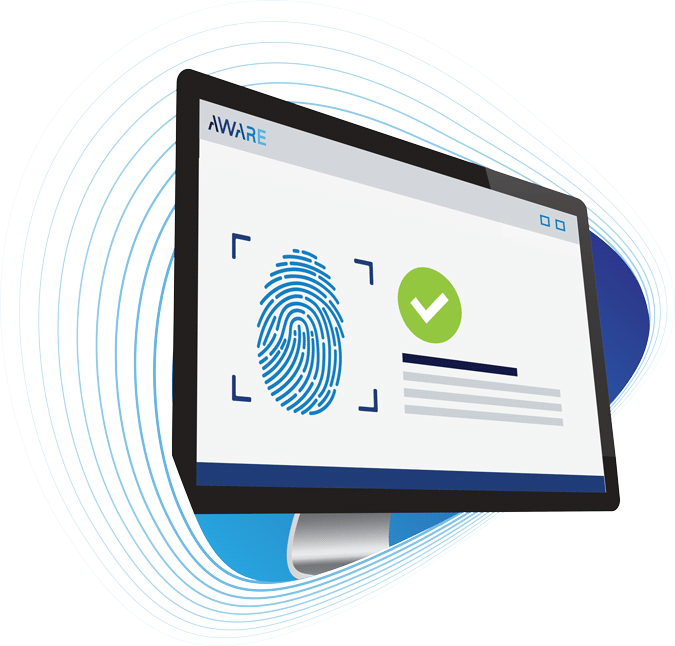Three case studies demonstrate how agencies around the world use Aware’s BioSP™ to process and share biometric data
Biometric search workflows require many processes across multiple systems, especially when several government agencies are exchanging biometric information between different countries. For example, enrolling fingerprints to a biometric database for law enforcement is a very different workflow than enrolling them into a civil database for immigration purposes. Even biometric systems that serve the same function can have different data formats. For example, a biometric search service provided by a U.S. federal law enforcement or border management agency might not have the same data formats as one in France, or even as one in another U.S. federal or state agency, [...]
Biometrics in government: Enhanced security and convenience for citizens
A brief history of biometrics Fingerprint-based identification began in law enforcement. An Argentine detective first solved a crime using a latent print (left behind by the perpetrator) in 1892. In 1901, detectives in England and Wales officially began using fingerprints in criminal identification. Their use snowballed from there. By 1946, the FBI managed a library of 100 million fingerprints, according to the U.S. Marshals Service. The agency developed the Automated Fingerprint Identification System (AFIS) in the 1970s to manage the massive and still-growing collection more effectively. AFIS became “Integrated AFIS” (IAFIS) in 1999 to help law enforcement agencies share [...]










